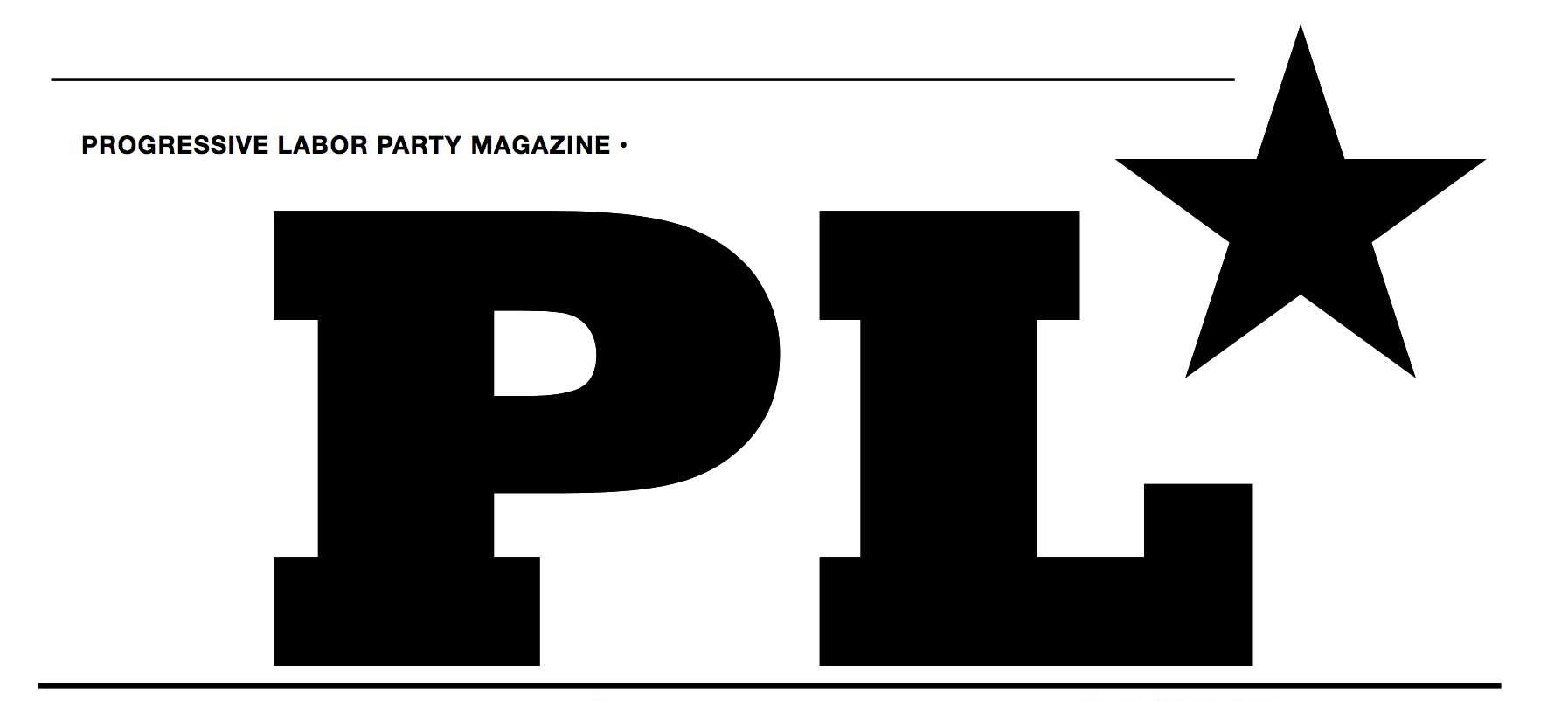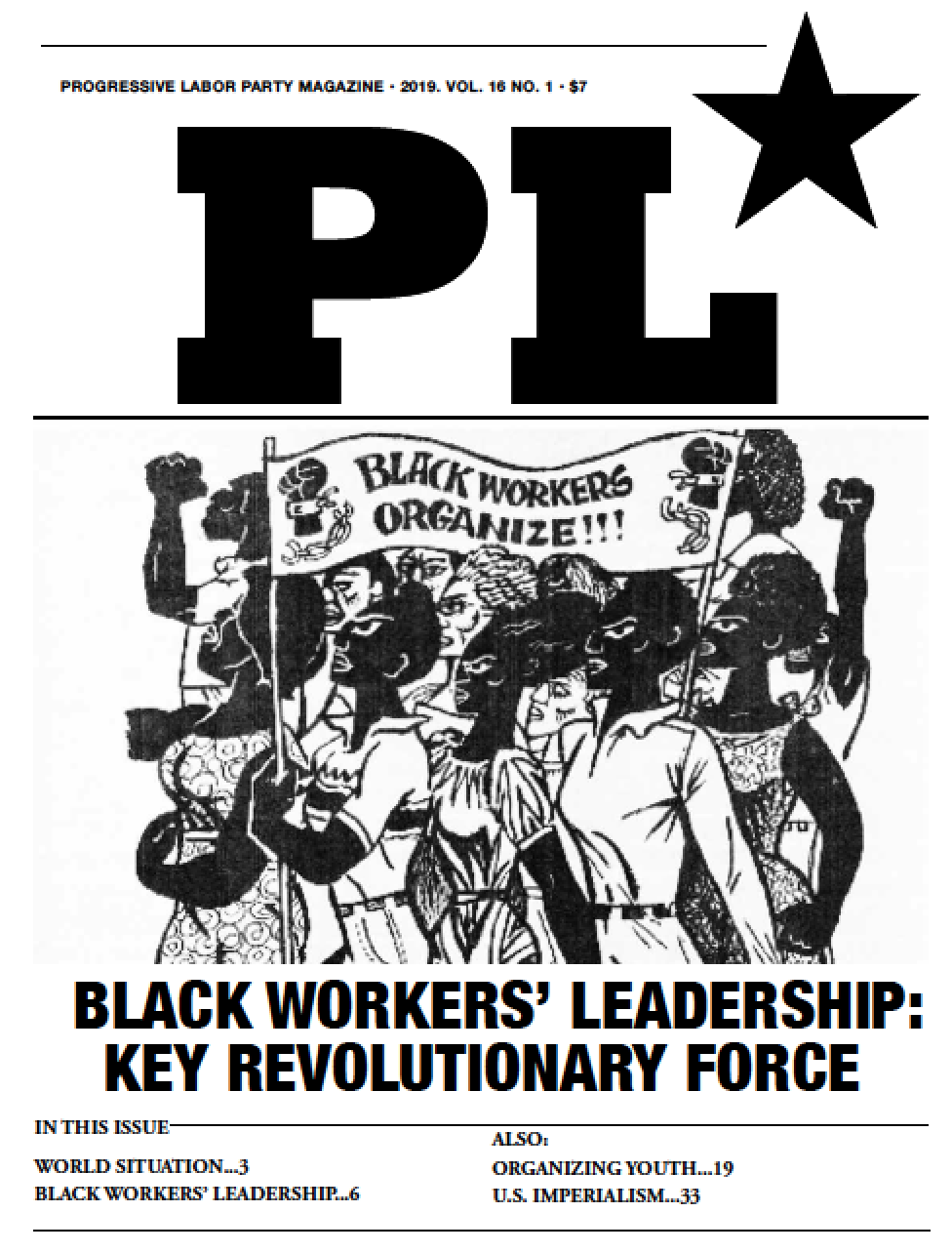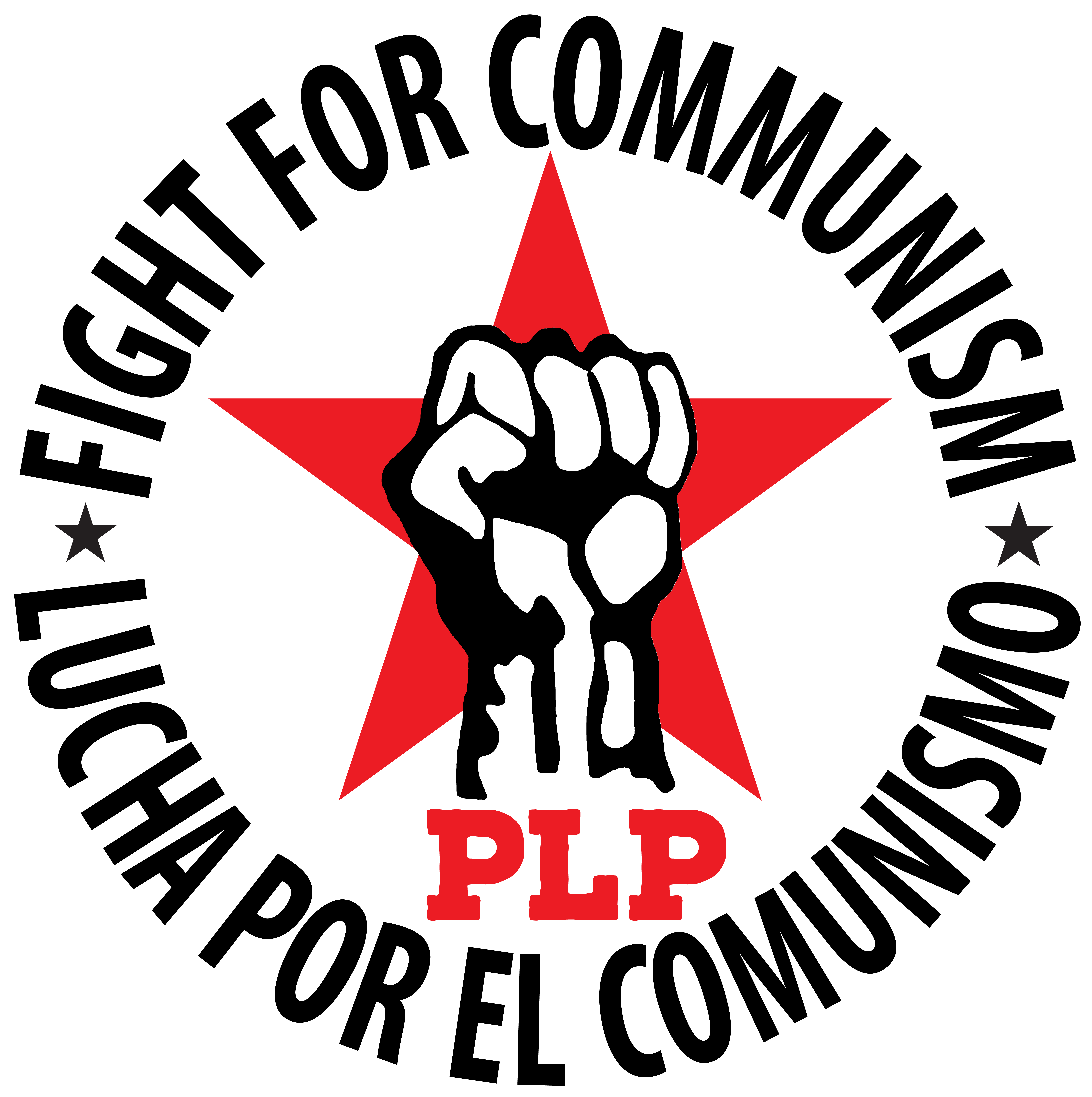Book Review: Lessons from past communist organizing in Wisconsin
 Thursday, February 18, 2021 at 4:08PM
Thursday, February 18, 2021 at 4:08PM Stalin Over Wisconsin: The Making and Unmaking of Militant Unionism, 1900–1950 by Stephen Meyer documents the struggle to organize the Allis-Chalmers Manufacturing Company in Wisconsin. At its peak, the factory employed over 10,000 workers. In 1935 the Communist Party (CP) and United Auto Workers (UAW) both sought to organize the workers resulting in a red witch hunt that brought to light the limits of reform struggles and the need for a united and militant working-class revolution worldwide.
Role of the CPUSA
In 1935, the Communist Party took a direct role in the organizing campaign. They began to meet with workers from the plant to plan the campaign. However, in the book, Meyers makes no clear statement that any of the workers in the plant were members of the Communist Party. The company constantly attacked the worker’s organizing efforts as communist-led as did the AFL unions that had members in the plants. But the CPUSA did not respond to this red-baiting nor did it explain why communist leadership was important.
John Blair, an Alis-Chalmers worker and a communist, believed there were about 100 party members in the plant and most of them were shop floor leaders. The book gives no indication of what it meant to be a CP member other than to organize the fight against the bosses and to provide leadership in the 1939, 1941, and 1946 strikes.
Throughout various campaigns, Allis-Chalmers refused to create a union shop. They insisted on an absolute right to terminate workers at their discretion. Their only concession was to give workers a written explanation for their termination.
The 1941 strike was the most successful. This was helped by the National War Labor Board which ordered the company to withhold union dues from members’ checks and send them to the union. It shifted the balance of power in the plant by establishing an independent arbitrator to settle grievances, Allis-Chalmers management would no longer have the final say in worker discipline. It did not resolve disputes over wages and job classifications.
Issue of racism
The UAW Local 248 took on the issue of racism. It supported the 1941 march on Washington for jobs in the defense industries for Black workers. They also protested the requirement that Black sailors wear an “N” insignia to indicate they were “Negroes” in a letter to the Secretary of the Navy. The Local supported the efforts of R. J. Thomas, the international president of the UAW in his efforts to integrate some Detroit locals. At Allis-Chalmers in 1941, there were 141 Black workers. This grew to 693 by 1945. The Local fought for the advancement of Black workers in the plants. Luther McBride, a Black worker, was a shop steward who helped lead this fight.
Harry Christoffel, the local president, was determined by management to not be an essential worker and he was then drafted into the Army in 1944.
When WWII ended and the U.S.-Soviet alliance ended, there began a vigorous attack on unions that were considered to be influenced by the Communist Party. Local 248 was considered one of the unions that communists were in the leadership of. This set the stage for an 11-month strike in 1946-47.
At the start of the strike, 11,000 workers walked off the job. But at the same time, in Wisconsin and around the country there was a growing anti-communist sentiment. Joseph Mc Carthy was elected senator from Wisconsin and the Taft-Hartley Act was passed. The Act prevented members of the Communist Party from being on the union negotiating committee or being a union officer.
The leadership of Local 248 was unprepared. The attacks came not only from the company and right wing politicians but also from Walter Reuther and other national leaders of the CIO. After 11 months, the workers returned to work without a contract. Over 80 rank and file strike leaders were fired by the company and put on a blacklist by other local employers.
The key lessons
The red-baiting by the company and various AFL unions were never seriously addressed, so the workers were vulnerable to these attacks. There was also no clear understanding of what it meant to be a communist. These are mistakes of the old communist movement and that is this PLP fights to expose the misleadership of union leaders and make revolution primary over reform. We cannot hide communism from the workers.
Christoffel never admitted to being a communist. He was convicted in 1950 of lying to a Senate committee. After a series of appeals, he spent three years in jail, being released in 1956.
Did the 100 or so party members in the plant have a clear understanding of Marxism-Leninism and the need for a revolutionary party? The book does not address any of these questions.
The closest it comes is a quote from Christoffel at the 50th anniversary of the founding of Local 248 in 1986. He stated, “To hell with the nickel. I am interested in much more than that. I want to make a better world…”
Winning workers to a communist vision of the future and fighting for it by building the party must be one’s main goal.





 Progressive Labor Party (PLP) fights to destroy capitalism and the dictatorship of the capitalist class. We organize workers, soldiers and youth into a revolutionary movement for communism.
Progressive Labor Party (PLP) fights to destroy capitalism and the dictatorship of the capitalist class. We organize workers, soldiers and youth into a revolutionary movement for communism.




Reader Comments